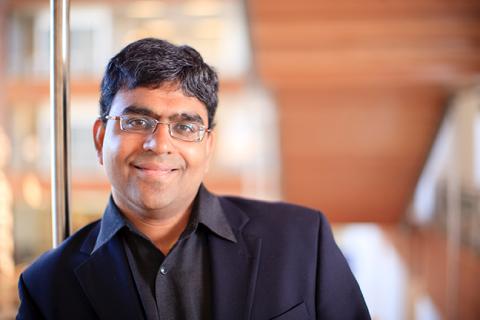WWL-TV: Is the Bacon Shortage Real?

On Thursday (Feb. 2), Associate Professor of Accounting Gans Narayanamoorthy was interviewed by WWL-TV's Jacqueline Quynh about the possibility of a bacon shortage. Narayanamoorthy told Quynh that pork belly reserves are indeed at historic 50-year lows.
Those reserves are down. If you look back three months, the price of lean hogs has gone from 54 cents a pound to 70 cents a pound.
Despite the increase in cost, today's prices are still lower than they were in 2014, when a widespread swine disease dramatically reduced the population of slaughter-ready hogs. Narayanamoorthy said the drop in reserves is most likely due to overproduction driving demand, and while that might mean slightly higher prices, consumers shouldn't have any problem bringing home the bacon (from their local supermarkets).
To see the segment in it's entirety, visit WWLTV.com.
Interested in advancing your education and/or career? Learn more about Freeman’s wide range of graduate and undergraduate programs. Find the right program for you.
Recommended Reading
Other Related Articles
- De Franco appointed Keehn Berry Chair of Banking and Finance
- The Wall Street Journal: For Trump, the Warner Megadeal Talks Are All About CNN
- Research Notes: Matthew Higgins
- New Goldring Institute director hopes to expand international partnerships
- New study shows how personal profiles transform social media customer service
- Research Notes: Shuhua Sun
- Newsweek: The Real Cost of Layoffs Isn’t In the Financials
- Research Notes: Yang Pan
